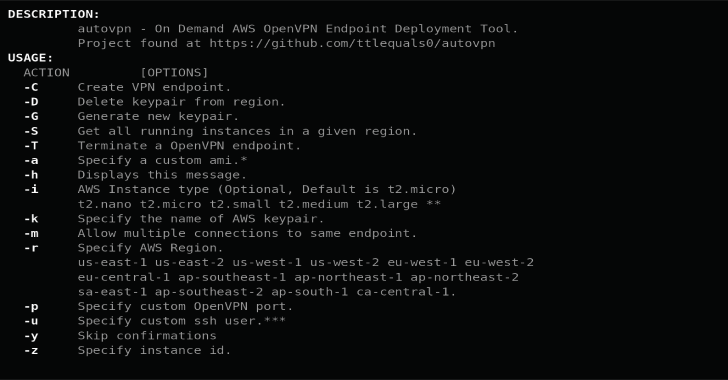Explore the comprehensive command-line interface (CLI) of the BlueKit toolkit designed for cybersecurity professionals.
This article delves into the various CLI commands and options available, providing detailed explanations on how to effectively manage and deploy exploits.
Whether you’re checking system setups or running targeted exploits, this guide equips you with the necessary knowledge to leverage the full potential of BlueKit’s capabilities.
usage: bluekit [-h] [-t TARGET] [-l] [-c] [-ct] [-ch] [-v VERBOSITY] [-ex EXCLUDEEXPLOITS [EXCLUDEEXPLOITS ...]] [-e EXPLOITS [EXPLOITS ...]] [-r] [-re] [-rej] [-hh HARDWARE [HARDWARE ...]] ...
positional arguments:
rest
options:
-h, --help show this help message and exit
-t TARGET, --target TARGET
target MAC address
-l, --listexploits List exploits or not
-c, --checksetup Check whether Braktooth is available and setup
-ct, --checktarget Check connectivity and availability of the target
-ch, --checkpoint Start from a checkpoint
-v VERBOSITY, --verbosity VERBOSITY
Verbosity level
-ex EXCLUDEEXPLOITS [EXCLUDEEXPLOITS ...], --excludeexploits EXCLUDEEXPLOITS [EXCLUDEEXPLOITS ...]
Exclude exploits, example --exclude exploit1, exploit2
-e EXPLOITS [EXPLOITS ...], --exploits EXPLOITS [EXPLOITS ...]
Scan only for provided --exploits exploit1, exploit2; --exclude is not taken into account
-r, --recon Run a recon script
-re, --report Create a report for a target device
-rej, --reportjson Create a report for a target device
-hh HARDWARE [HARDWARE ...], --hardware HARDWARE [HARDWARE ...]
Scan only for provided exploits based on hardware --hardware hardware1 hardware2; --exclude and --exploit are not taken into accountThe toolkit could be used to collect reconnaissance information, run individual exploits, run all automated exploits, run specific exploits or exclude some, check the setup, list all available exploits as well as check target devices for availability and pairability.
The toolkit has checkpoints which could be created during the execution if something goes wrong or a user wants to create one.
Then the checkpoints could be used to continue the workflow from a certain point and finish running the exploits.
To get a taste of how to run them it’s recommended to read (Exploitation workflow examples) to get workflow examples with specific commands and manual actions, and (a description of toolkit parameters) for a description of what each parameter is responsible for.
Python3 Change
Toolkit relies on python3.10 which is installed during the installation process and a default python3 alias is changed to python3.10.
To revert it execute the following command and pick the python3 installation you want:
sudo update-alternatives --config python3











%20Works.png)



.webp)
